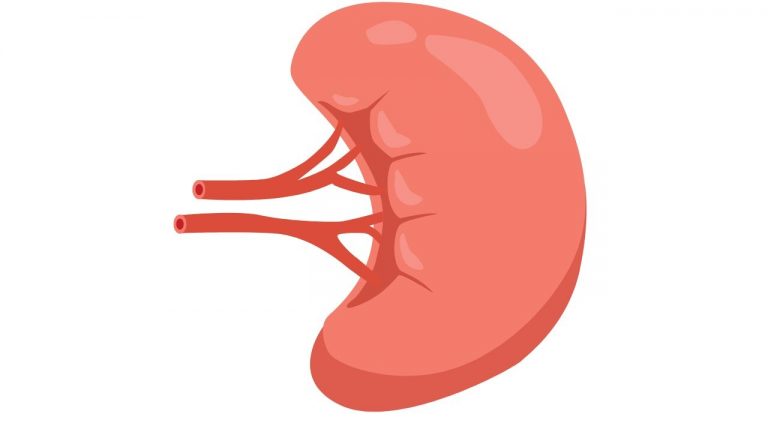How do Food Processing and Cooking Methods Affect the Nutritional Value of Food?

Food processing and cooking methods can affect the nutritional value of food in several ways. Here are some common effects:
Loss of nutrients: Certain nutrients, particularly water-soluble vitamins like vitamins C and B vitamins, are sensitive to heat, air, and light. They can be partially or completely lost during cooking or processing. Boiling, steaming, or prolonged exposure to high temperatures can lead to nutrient leaching or degradation.
Changes in nutrient composition: Processing methods such as milling, refining, or stripping can remove or reduce certain nutrients. For example, the refining of grains removes the bran and germ, which results in the loss of dietary fiber, vitamins, minerals, and phytochemicals.
Increased nutrient availability: Cooking certain foods can enhance the availability of certain nutrients. Heat can break down cell walls and make some nutrients, like lycopene in tomatoes or beta-carotene in carrots, more accessible to the body.
Preservation of nutrients: Some food processing methods, such as freezing or canning, can help preserve the nutrient content of certain foods by preventing spoilage and oxidation. Freezing, in particular, can help retain vitamins and minerals.
Formation of harmful compounds: Certain cooking methods, such as grilling, frying, or high-temperature baking, can lead to the formation of potentially harmful compounds. For instance, the charring or browning of the meat, known as the Maillard reaction, can produce compounds called heterocyclic amines (HCAs) and polycyclic aromatic hydrocarbons (PAHs), which may have carcinogenic properties.
Alteration of texture and digestibility: Cooking and processing can change the texture and structure of food, making it easier to chew, digest, and absorb nutrients. For example, cooking vegetables can break down cellulose and other tough fibers, making them more tender and digestible.
Addition of nutrients: Some food processing methods involve fortification or enrichment, where specific nutrients are added back into processed foods to compensate for losses or to enhance nutritional value. Examples include fortifying cereal with iron or adding calcium to orange juice.
It’s important to note that the impact of processing and cooking on the nutritional value of food can vary depending on the specific food, the methods used, and the duration and intensity of processing or cooking. Opting for a variety of minimally processed or whole foods and employing cooking methods that preserve nutrients, such as steaming or stir-frying, can help maximize the nutritional benefits.


